Is your technology investment one-sided when it comes to improving customer experience?
Fun and Fast: The Two Pillars of a Good Customer Experience
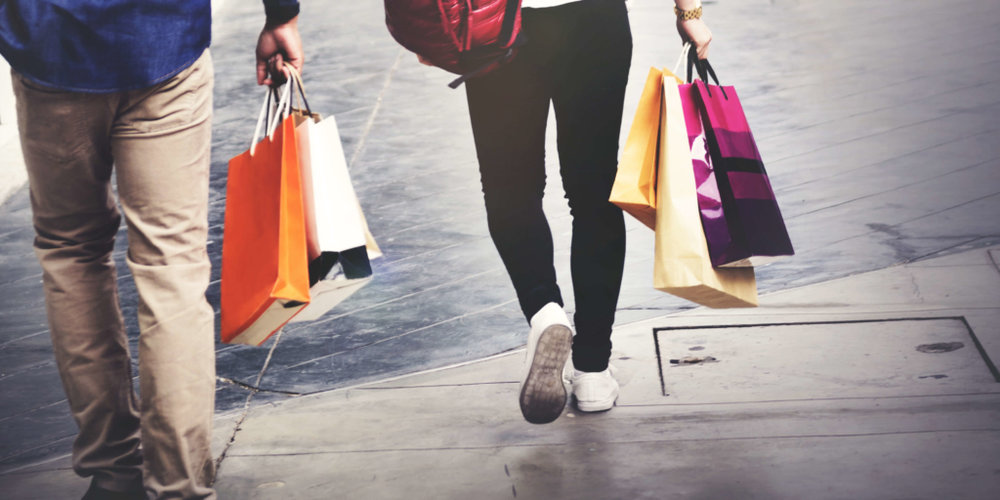
In the modern retail industry, you’ll no doubt read a lot about how ‘customer experience is king’, but with such a subjective notion that can’t be measured in any reliable fashion, it often feels like a vague concept. An actively bad experience is more tangible (and something we described how to avoid in our previous article) but what makes an exceptional one is more of a grey area. In fact, the elusive notion of customer experience is at risk of becoming yet another retail buzzword.
So, what does good customer experience look like? We’ll start with making an important distinction between shopping and buying. Shopping is the all-round experience of browsing in a store, looking at items, trying them on (in the case of apparel) and finding items and making decisions as you go. Buying on the over hand is a more straight forward (in theory) process were a customer knows what they want to buy, or at least has a rough idea, and finds and purchases their item quickly and easily.
It’s often said that E-commerce is ahead of physical retail when it comes to simply buying but struggles to match the shopping experience of brick-and-mortar. Some retailers have leaned into what sets them apart from online, focusing their investment and new technologies on improving the shopping experience, to surprise and delight their customers. Others have looked to implement technology to compete with e-commerce’s convenience and provide a more streamlined and ‘seamless experience’.
The reality is both of these elements are pivotal to a strong customer experience, and retailers should look to improve both, sticking to the principal that:
Retail should be fun when you want it to be, but fast when you don’t.
Fun retail
The fun side of retail is mostly concerned with the shopping side of the retail experience. This is obviously very subjective, and many retail customers will simply find the traditional shopping experience fun, provided they are not hampered any problematic friction points. For other customers though, more needs to be done to amplify the ‘wow factor’, as Steve Dennis says, to tempt them away from either a competitor or the convenience of online.
Retailers are increasingly looking to technology to boost consumer engagement in the store and provide a more entertaining shopping experience. Examples of this include:
Augmented reality
Augmented reality (or AR) is an interactive experience where virtual images are placed over images of the real world. Applications of AR in retail include mobile applications and fitting rooms where consumers can virtually try on products like clothes or even cosmetic products.
Smart Fitting Rooms
Smart fitting rooms offer a considerable improvement on the traditional fitting room experience and bring a little bit of the online experience into the brick-and-mortar store. The mirror automatically detects items (when tagged with RFID) that have been brought into the room, displays them on the mirror with product information and suggests other items that are available, effectively bringing cross-selling into the store.
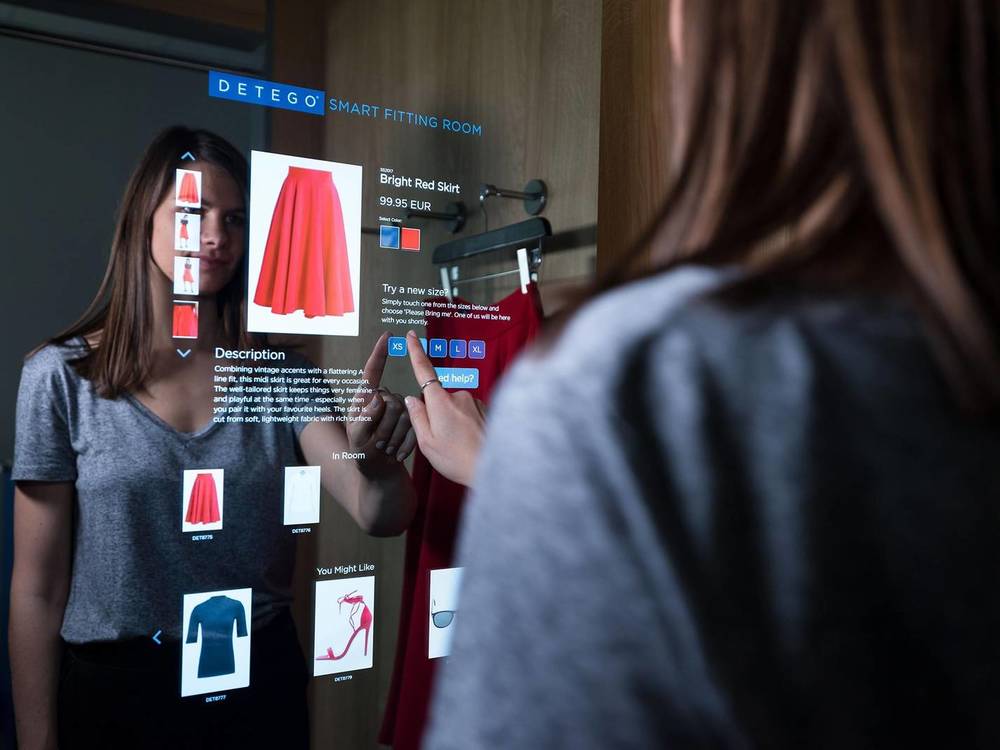
Virtual & Robotic store assistants
Robotic store assistants are certainly on the more futuristic end of the spectrum, with the ability to talk to customers and guide them around the store. Whilst this technology is in the earlier stages, with fairly low adoption rates, they are an undeniably fun concept that will make customers think ‘wow’. On the other end of the spectrum we have virtual assistants or chatbots, which can communicate with customers through their smartphones and answer queries and provide them with information about items and stock-levels.
Fast retail
But what happens when a customer doesn’t want to spend their time on the full shopping experience? In such a case, a customer is only focused on buying and not shopping. Certain retailers leave something to be desired here, with disorganised stores and long lines for customer service and checkouts. The buying side of retail also happens to be what e-commerce excels at, so retailers need to invest in technology to be able to compete and keep customers choosing their stores when it comes to fast and convenient purchases. These technologies and strategies include:
Advanced Points of Sale
Long lines for checkouts are a common problem in retail, and for customers looking for a fast experience this is a major friction point. Thankfully there are a range of PoS technologies that make checkout fast and frictionless. Self-checkout is very common in the food industry and reduces queues if not the time taken at the checkout itself. Alternatives like RFID PoS on the other hand significantly reduces checkout times, were as checkout-less solutions like Amazon go and Mishipay remove the checkout altogether.
RFID’s smart inventory
The other main thing slowing down the buying process in the brick-and-mortar experience is finding the correct item in the first place. Locating a specific item in the store can sometimes take far more time that it should, especially if staff don’t have the time or the information to help. What’s even worse than this is if after searching for the item the customer finds out that its out-of-stock altogether. We explored this in detail in our previous article but RFID not only significantly reduces out-of-stocks and increases on-floor product availability, but the real-time view of inventory it provides means customers can check available stock online before setting foot in the store.
Omnichannel services
We’ve spoken about e-commerce being good at the buying half of retail, and with the vast majority of retailers now being online and 73% of customers using multiple channels in their shopping journeys, it’s no surprise the demand for omnichannel is as strong as it is today. For a fast retail experience, customers can take advantage of click-and-collect and click-and-reserve when they just want to buy products rather than shop for them.
Good customer experience does both
So, to wrap things up, if retailers want to establish a reputation for a great customer experience, they need to have an equal focus on the shopping experience and the buying experience. Shopping should be fun; the in-store offering should be superior to online and at its best it should surprise and delight customers with a certain ‘wow factor’. At the same time, sometimes people just want to buy, and if brick-and-mortar stores make that significantly less convenient than online then they’ll suffer to the competition. By effectively leveraging the right technologies retailers can provide a top-level customer experience that delivers on all fronts and keeps customers coming back time and time again.

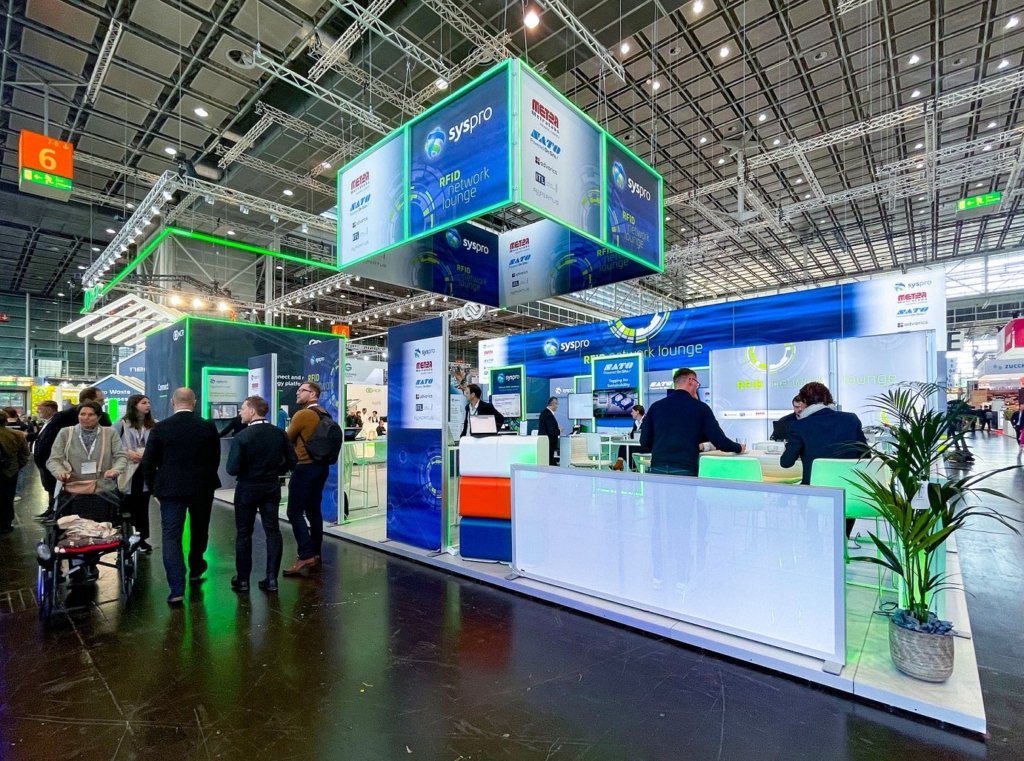
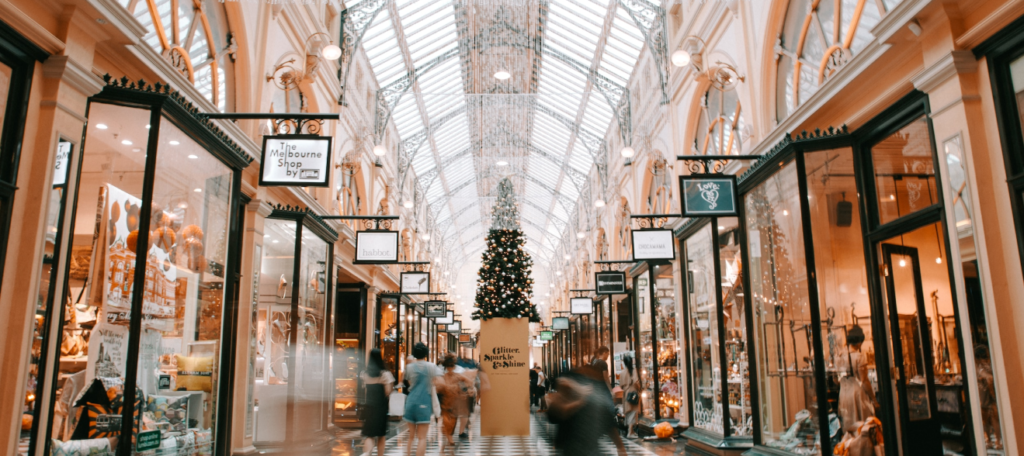
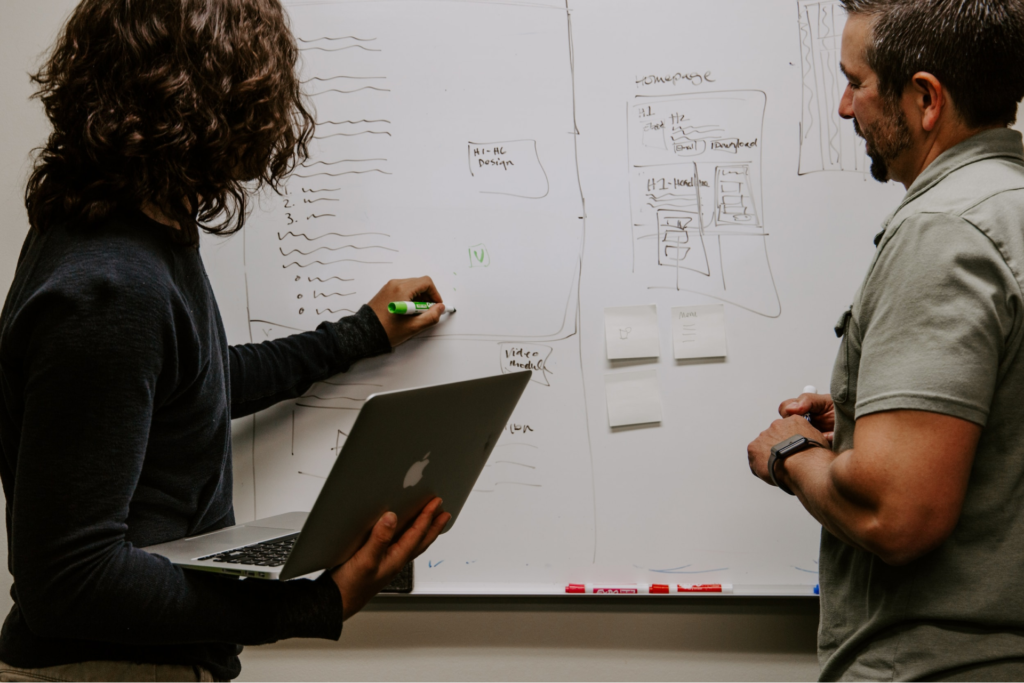
Leave a Reply